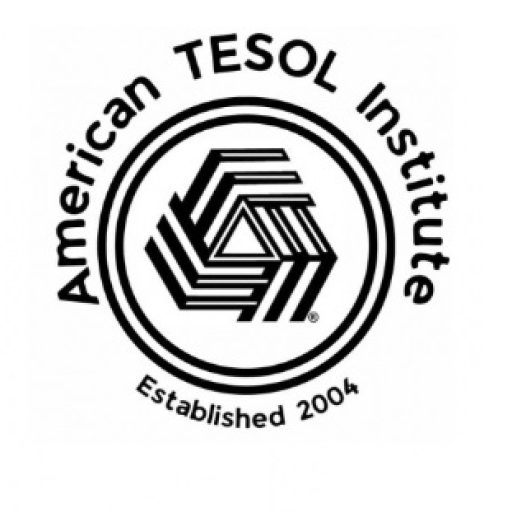Grammar, often perceived as the dry and rule-bound aspect of language learning, is actually the essential framework that empowers effective communication. For adult and teenage English language learners, mastering grammar is crucial for expressing ideas clearly, understanding complex texts, and achieving fluency. However, teaching grammar doesn’t have to be a tedious exercise in rote memorization. By employing engaging strategies and adapting instruction to the specific needs of adult and teenage learners, educators can transform grammar lessons into dynamic and rewarding experiences.
Understanding the Grammar Landscape
Grammar encompasses the intricate system of rules and structures that govern how words are combined to create meaning. It includes syntax (the arrangement of words and phrases) and morphology (the formation of words). In the context of English language teaching, it’s crucial to recognize the variations between British English (BrE) and American English (AmE), as well as the concept of Standard English (S.E.), which serves as a benchmark for formal communication.
Strategies for Effective Grammar Instruction
-
Contextualization: Present grammar structures within meaningful contexts, such as real-life conversations, authentic texts, or relevant scenarios. This helps learners understand the practical application of grammar rules and see how they contribute to effective communication.
-
Inductive vs. Deductive Approaches: Utilize a blend of inductive and deductive approaches. Inductive learning involves presenting examples and guiding students to discover the underlying rules, while deductive learning involves explaining the rules explicitly and then providing examples for practice.
-
Active Learning: Incorporate interactive activities, games, and role-plays to make grammar learning more engaging and hands-on. Encourage students to experiment with the language and apply their knowledge in communicative contexts.
-
Authentic Materials: Utilize authentic materials like news articles, songs, or videos to expose learners to real-world language use and demonstrate how grammar functions in context.
-
Technology Integration: Leverage digital tools like grammar apps, online quizzes, and interactive exercises to provide additional practice opportunities and personalized feedback.
Tailoring Instruction to Adults and Teens
Adult and teenage learners have unique needs and motivations. Consider these factors when teaching grammar:
- Relevance: Connect grammar instruction to real-life situations and students’ personal and professional goals.
- Autonomy: Encourage self-directed learning and provide opportunities for independent practice and exploration.
- Critical Thinking: Foster analytical skills by having students analyze language patterns and identify grammatical structures in authentic texts.
- Collaborative Learning: Facilitate group activities that promote peer interaction, discussion, and collaborative problem-solving.
- Technology Integration: Leverage technology to enhance engagement and provide interactive learning experiences.
Conclusion
Teaching grammar to adults and teens can be a rewarding experience when approached with creativity, adaptability, and a focus on practical application. By contextualizing grammar instruction, incorporating active learning strategies, and tailoring lessons to the specific needs of these learners, educators can foster a deeper understanding of the language and empower students to communicate effectively and confidently.



